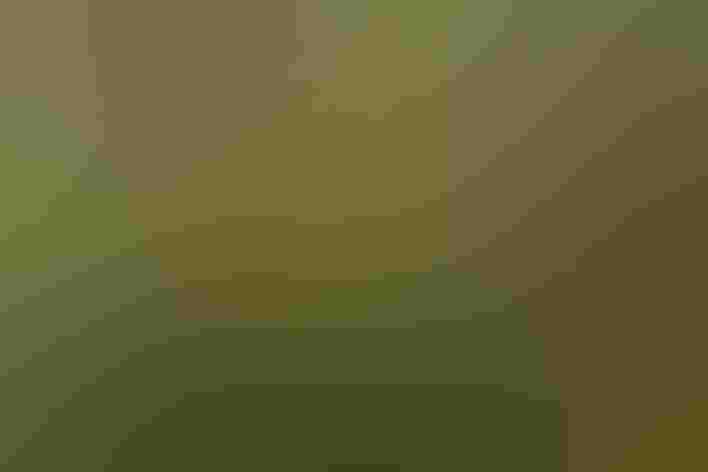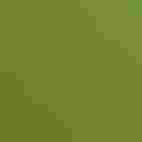Kentucky Warbler
At a Glance
During spring and summer, the fast, rolling song of the Kentucky Warbler comes from the undergrowth of eastern forests. This bird spends most of its time on the ground in moist, leafy woodlands, walking on the leaf-litter under thickets as it searches for insects. Despite its bright colors, it can be surprisingly hard to see in the shadows of the deep forest interior.
All bird guide text and rangemaps adapted from Lives of North American Birds by Kenn Kaufman© 1996, used by permission of Houghton Mifflin Harcourt Publishing Company. All rights reserved.
Category
Perching Birds, Wood Warblers
IUCN Status
Least Concern
Habitat
Forests and Woodlands, Freshwater Wetlands, Shrublands, Savannas, and Thickets
Region
California, Eastern Canada, Florida, Great Lakes, Mid Atlantic, New England, Plains, Southeast, Southwest, Texas
Behavior
Direct Flight, Flitter
Population
2.600.000
Range & Identification
Migration & Range Maps
Migrates mostly at night. Many fly across the Gulf of Mexico in spring and fall. Often departs from breeding grounds during August.
Description
5 1/2" (14 cm). Bright yellow spectacles set off black crown and black whisker mark. Plain olive above, bright yellow below. Young male Common Yellowthroat similar but lacks obvious spectacles. Also see Canada Warbler.
Size
About the size of a Sparrow
Color
Black, Green, Yellow
Wing Shape
Rounded
Tail Shape
Rounded, Square-tipped
Songs and Calls
Loud, penetrating, rich tur-dle, tur-dle, tur-dle, tur-dle, reminiscent of song of Carolina Wren.
Call Pattern
Flat, Undulating
Call Type
Chirp/Chip, Whistle
Habitat
Woodland undergrowth. In summer, prefers deep shaded woods with dense, humid thickets, bottomlands near creeks and rivers, ravines in upland deciduous woods, and edges of swamps. In winter in the tropics, requires dense lowland forests and second growth, mostly in lowlands but also in foothills.
Sign up for Audubon's newsletter to learn more about birds like the Kentucky Warbler
Behavior
Eggs
4-5, sometimes 3-6. Creamy white, with brown spots. Incubation by female only, 12-13 days. Cowbirds often lay eggs in nests of this species.
Young
Nestlings are fed by the female and rarely by the male. Young leave the nest 8-10 days after hatching. Both sexes then feed the fledglings for up to 17 days.
Feeding Behavior
Forages mainly by walking on ground, seeking insects among the leaf litter, flipping over dead leaves, sometimes leaping up in the air to take insects from the underside of foliage. In winter in the tropics, sometimes accompanies swarms of army ants, picking up insects that flee the ants. Individuals defend small winter feeding territories.
Diet
Mostly insects. Feeds on various insects including moths, bugs, ants, grasshoppers, beetles, caterpillars, aphids, grubs; also spiders, plus a few berries.
Nesting
During defense of breeding territories, males are persistent singers, singing as often as every 12 seconds. Nest: Placed on ground or within a few inches of it; at foot of shrub, in grass tussocks, bedstraw, or goldenrod, or sometimes in the lowest fork of small trees. Nest (built by both sexes) is a bulky, open cup of leaves, with a core of weeds, grass stems; lined with rootlets and hair.
Conservation
Conservation Status
Has declined with clearing of forest in some areas. Becomes more vulnerable to cowbird parasitism as forest is broken up into smaller patches. Also faces loss of habitat on wintering grounds.
Climate Threats Facing the Kentucky Warbler
Choose a temperature scenario below to see which threats will affect this species as warming increases. The same climate change-driven threats that put birds at risk will affect other wildlife and people, too.






